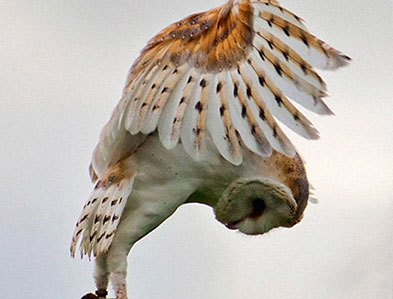
|
"Change starts with our willingness to be disturbed" – Margaret J. Wheatley – |
The essence of change
It’ a paradox: to achieve continuity, we have to be willing to change. Change is, in fact, the only way to protect whatever exists, because without continuous readjustment the present cannot continue.
There is a difference between change and transformation. Change is a situational shift, like moving house, getting a new boss. Most people also do not resist change. What we humans resist is transformation. Transformation is the process of letting go of the way things were and then taking hold of the way they subsequently become. In between the letting go and the taking hold again, there is a chaotic creative zone when things aren’t the old way, but aren’t really a new way either. Here is where courage is needed; to deal with the unknown, and the willingness to be disturbed.
Transformation is the way that we all come to terms with change. Without transformation, a change is mechanical, superficial and people and the organization end up back were they started, and the change doesn’t work.
In order to go through a transformation, one has to go back to the root, to the essence. Respecting the past while at the same time going forward and renewing. The process demands a changing attitude from leaders, not only from those at the top but throughout the entire organisation.
begins with leadership
Change begins with personal development and the willingness to be ‘disturbed’. The more you change, the more the system around you changes. This requires the courage to look at what sort of leader you are naturally, and at your own personal contribution to your organisation’s culture. Leaders must have a certain resilience and presence in order to deal with the required changes, complexities, insecurities and ambiguities that we face today. They need to face these, instead of striving for more command & control.
They set the tone for change by setting limits in this complexity and insecurity. Therein lies the space for renewal and innovation.
is an active, continuous process
Change means continuous adjustment to a changing and complex environment, an environment constantly in ‘flux’. This is also true for the organisational culture. This culture inside the organisation does not change because we wish it would change. Culture changes when the organisation transforms itself, culture is a mirror of the reality of the people who work together every day.
is a challenge
Leadership and the organisation will have to look at things differently, and will need to determine the direction they want to take. The challenge will be to take a moment to look under the surface at hidden assumptions and reveal beliefs. Observing from a broader perspective, engaging in dialogue regarding what really matters. Paying attention to details while at the same time looking at the bigger picture. Recognising the future by doing, by experimenting.
without a fixed recipe
There is no fixed recipe for change, however one thing is certain: leadership is always a part of the process. Together we will determine the necessary interventions for change based on your issue, your organisation and based on the bigger context.


